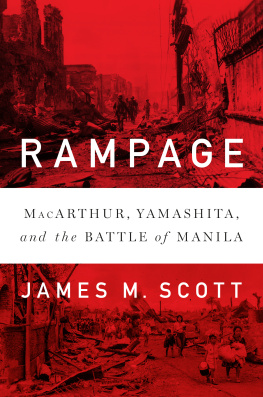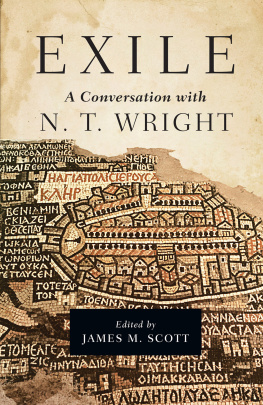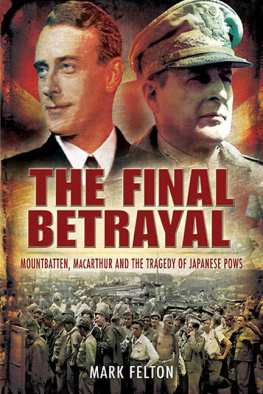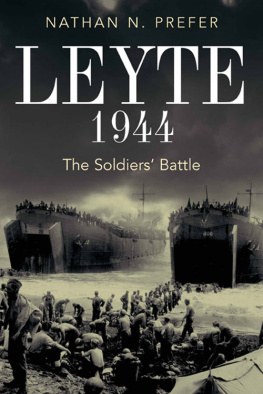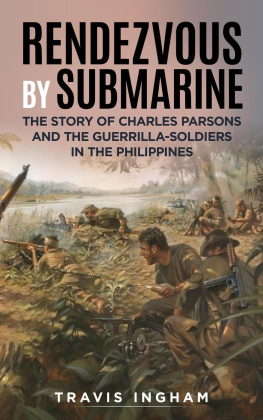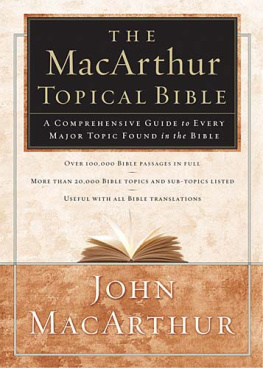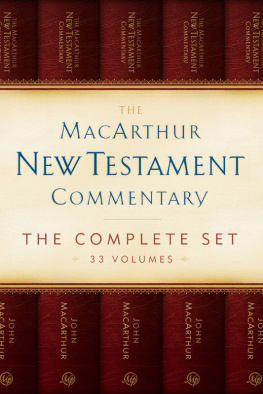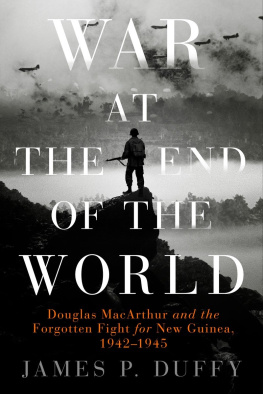Contents

RAMPAGE
ALSO BY JAMES M. SCOTT
T ARGET T OKYO (2015)
T HE W AR B ELOW (2013)
T HE A TTACK ON THE L IBERTY (2009)

RAMPAGE
MacArthur, Yamashita,
and the Battle of Manila
JAMES M. SCOTT

W. W. N ORTON & C OMPANY
Independent Publishers Since 1923
N EW Y ORK L ONDON
Copyright 2018 by James M. Scott
All rights reserved
First Edition
All photos are courtesy of the National Archives and Records Administration,
except for the photo of children playing on a tank outside the University of Santo
Tomas, which is courtesy of the MacArthur Memorial Archives and Library.
For information about permission to reproduce selections from
this book, write to Permissions, W. W. Norton & Company, Inc.,
500 Fifth Avenue, New York, NY 10110
For information about special discounts for bulk purchases, please contact
W. W. Norton Special Sales at specialsales@wwnorton.com or 800-233-4830
Book design by Lovedog Studio
Production manager: Julia Druskin
JACKET DESIGN BY DARREN HAGGAR
JACKET PHOTOGRAPHS : THE NATIONAL ARCHIVES
AND RECORDS ADMINISTRATION
ISBN 978-0-393-24694-0
ISBN 978-0-393-24695-7 (ebk.)
W. W. Norton & Company, Inc., 500 Fifth Avenue, New York, N.Y. 10110
www.wwnorton.com
W. W. Norton & Company Ltd., 15 Carlisle Street, London W1D 3BS
For Carmen Scott,
who makes everything possible.
These children of this Rising Sun:
Look down, dear God, on all theyve done.
C HARLES B ROWN, PRISONER OF WAR
CONTENTS
I consider him an officer of most brilliant attainments.
M AJ. G EN. C HARLES T. M ENOHER,
E FFICIENCY R EPORT ON D OUGLAS M ACARTHUR,
A UGUST 28, 1919
G EN. D OUGLAS M AC A RTHUR WALKED OUT ONTO THE porch of his cottage on the battered Philippine island of Corregidor in the early evening of March 11, 1942, joining his wife Jean and the couples four-year-old son, Arthurall packed for that nights perilous escape. The sun had just slipped below the western horizon, silhouetting the nearby Bataan Peninsula where the dormant volcano Mount Mariveles towered majestically almost five thousand feet over the South China Sea. A tropical breeze whipped across Corregidor, one typically filled with the acrid smell of cordite from Japanese bombings and artillery, which had finally let up after a long day of attacks along the waterfront. This tadpole-shaped island that guarded the entrance to Manila Bay had served as MacArthurs last refuge, under siege now for ninety-three days by advancing enemy forces.
The toll of the war showed on the sixty-two-year-old general. The five-foot-ten MacArthur had shed nearly twenty-five pounds on a diet of half rations. His normally close-cropped and thinning hair, which he often hid under his officers hat, had grown long, and his face was coarse from weeks of shaving with saltwater. Despite that, MacArthur had still insisted each day on dressing in a pressed uniform and shined shoes, a small gesture of normalcy in an environment that deteriorated by the hour. But none of it mattered now as a lone truck grumbled up the bomb-cratered road to retrieve the general and his family for the trip down to the dock. MacArthurs besieged garrison would soon fall. The promised reinforcements had never arrived, and each day the Japanese noose tightened. If he did not leave tonight, MacArthur might never escape.
A patrol-torpedo boat was moored alongside Corregidors north dock barely a half mile away, ready come nightfall to take the general, his family, and a few senior staffers on a high-speed run south to break the Japanese blockade of the island. Three other navy patrol boats would simultaneously depart Corregidor and Bataan, carrying additional officers on MacArthurs staff for a total party of twenty-one. If successful, this small flotilla would carry the general and his entourage some five hundred miles south over two days to the lush island of Mindanao, where B-17 bombers dispatched from Australia would pick them up at a Del Monte pineapple plantation and fly them to the port city of Darwin. Just as he had told those who had escaped before him, MacArthur knew that the next time he saw the sun, he would be in a whole new world.
The half-ton truck rolled to a halt in front of the gray cottage, where blankets tacked up inside the windows had served as primitive blackout curtains. Only two days earlier MacArthur had sat in the wicker chairs on this same porch with Maj. Gen. Jonathan Wainwright, his wiry second-in-command who answered to the nickname Skinny. That afternoon MacArthur had leveled with Wainwright, informing him that President Franklin Roosevelt had ordered him to evacuate to Australia, a move designed to rob the enemy of the propaganda victory of capturing one of Americas most famous generals. Wainwright would remain behind in charge and fight to the end. I want you to make it known throughout all elements of your command that Im leaving over my repeated protests, MacArthur had instructed his subordinate.
Of course I will, Douglas, Wainwright had promised.
Were alone, Jonathan; you know that as well as I, he said. If I get through to Australia, you know Ill come back as soon as I can with as much as I can.
Youll get through, Wainwright assured him.
And back, MacArthur had insisted.
The general shot a glance at his watch this muggy Wednesday evening, which read seven-fifteen p.m. The patrol boat would depart in just fifteen minutes.
MacArthur could delay no longer.
Jean, he finally announced. Its time to mount up.
The generals escape capped a brutal and frantic three months. In December 1941, after the Japanese wiped out Americas air and sea power, MacArthur had ordered the evacuation of Manila, hoping to spare the Pearl of the Orient from destruction. Workers had emptied the capitals bank vaults of cash, gold, and securities, while the American high commissioner had pulled down the flag, broken the official seal, and ordered his new air-conditioned car pushed into the bay. The general had no choice but to abandon his own luxurious home in the penthouse atop the Manila Hotel, leaving behind his prized library of some ten thousand volumes, his family silver valued at more than $30,000, and even young Arthurs baby book and birth certificate. MacArthurs forces had fallen back to the Bataan Peninsula and the fortified island of Corregidor, where the general had set up his headquarters in the network of underground tunnels carved deep into the rock. Japanese bombs and artillery had since reduced the lush 1,735-acre island to a barren wasteland, where all that survived of most of the aboveground barracks, offices, and even the hospital were skeletal concrete remains held together by rebar.
Conditions proved far worse for the majority of MacArthurs troops fighting out in the open across the dark waters on Bataan with little more than shallow foxholes for cover. Hunger had forced soldiers there to slaughter and choke down the cavalrys mules and horses, while swarms of mosquitos and flies had spread everything from dengue fever to dysentery. Exhaustion had felled those lucky enough to dodge disease. Malaria and malnutrition, observed Associated Press reporter Frank Hewlett, put more soldiers out of service than Jap bullets. Other times Japanese soldiers crept behind Allied lines at night to kill American and Filipino forces, often disemboweling them. More frequently, the mens genitals were stuffed in their mouths, wrote Steve Mellnik, a captain and artilleryman on MacArthurs headquarters staff. In one case a victim regained consciousness and begged for a bullet to end his agony!

